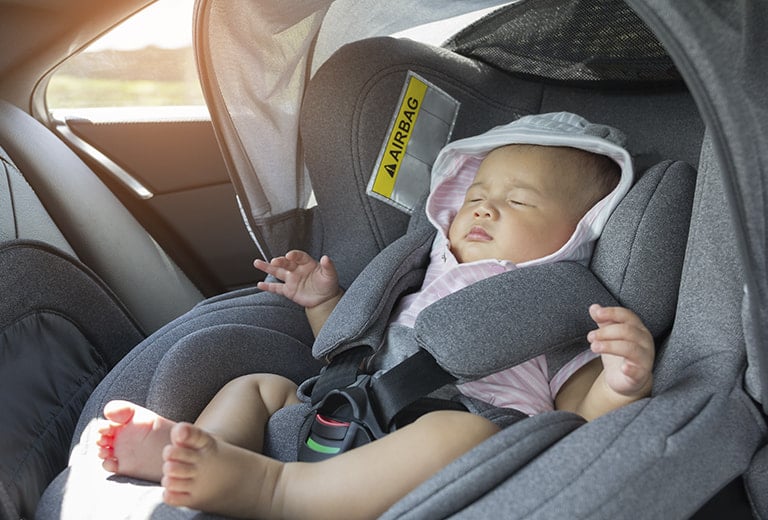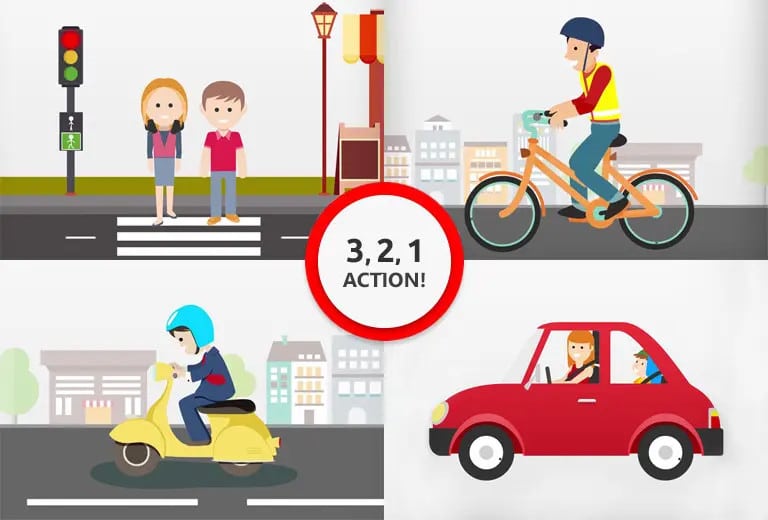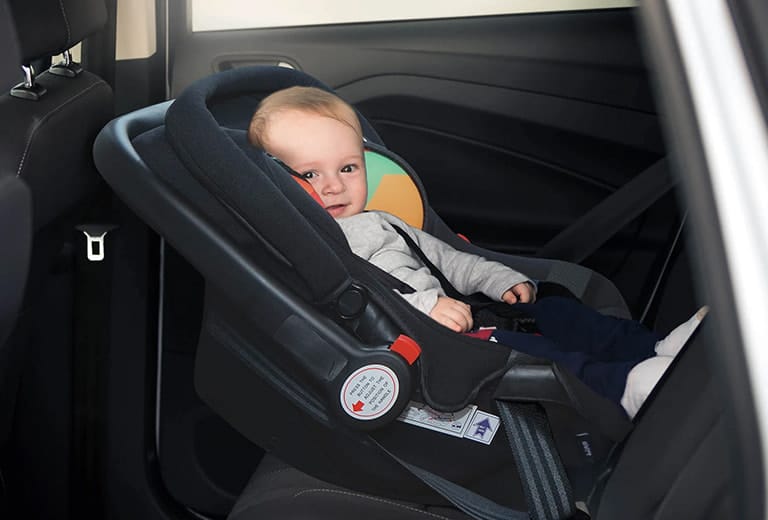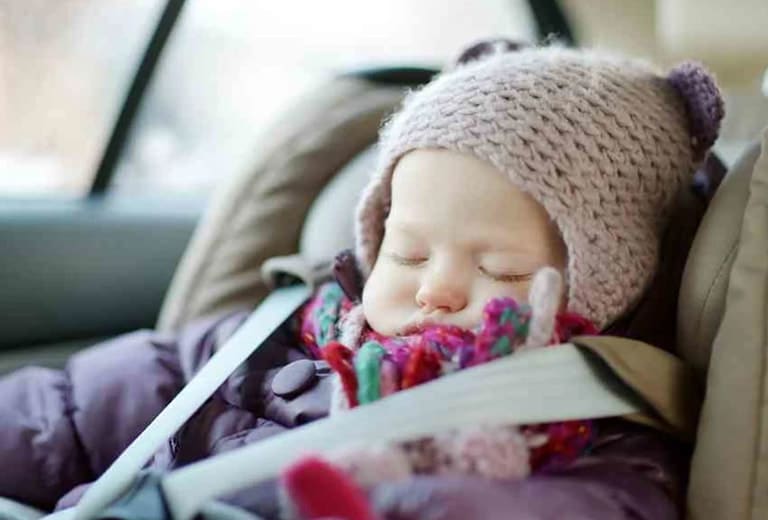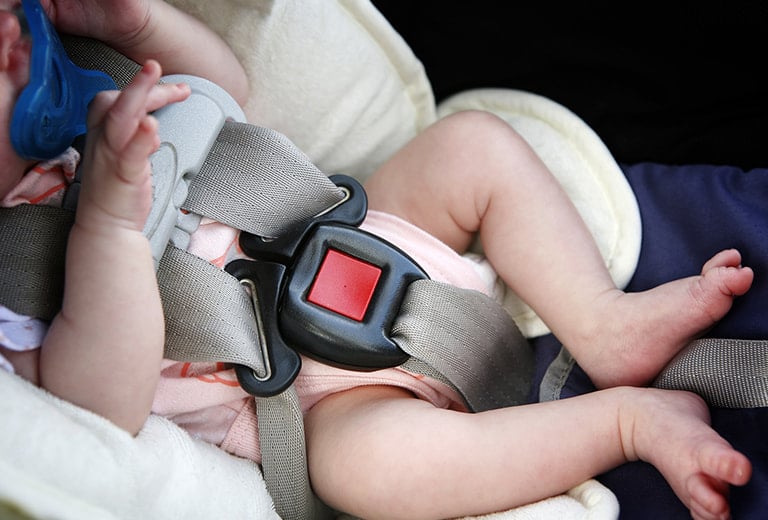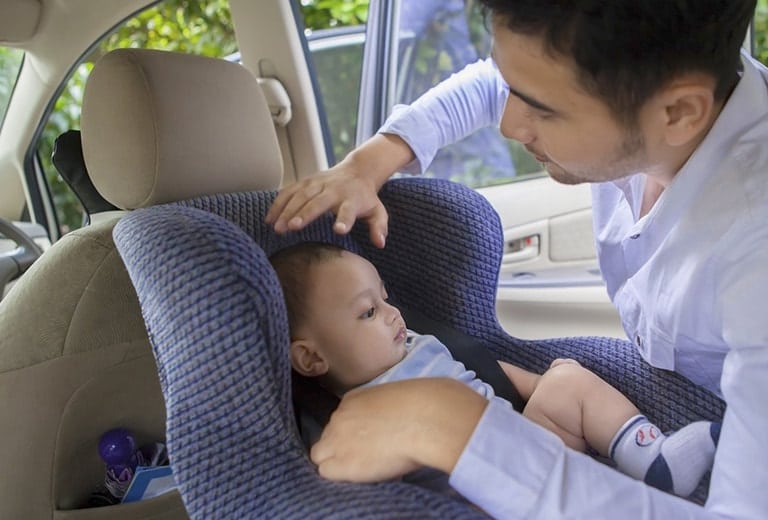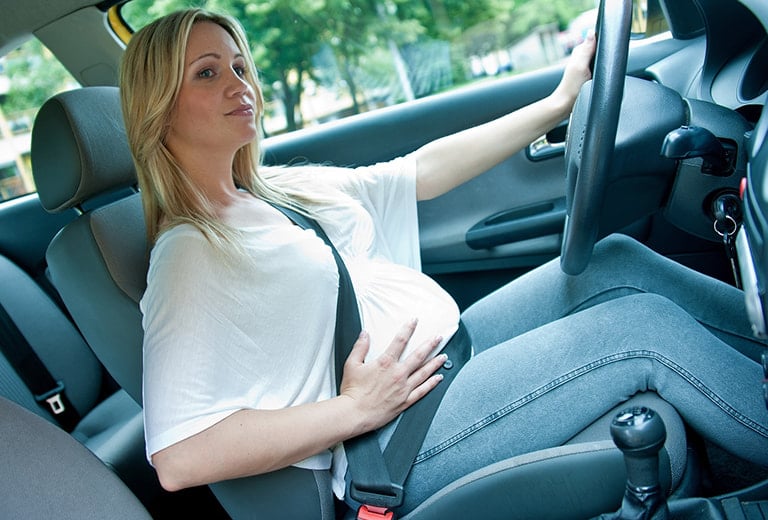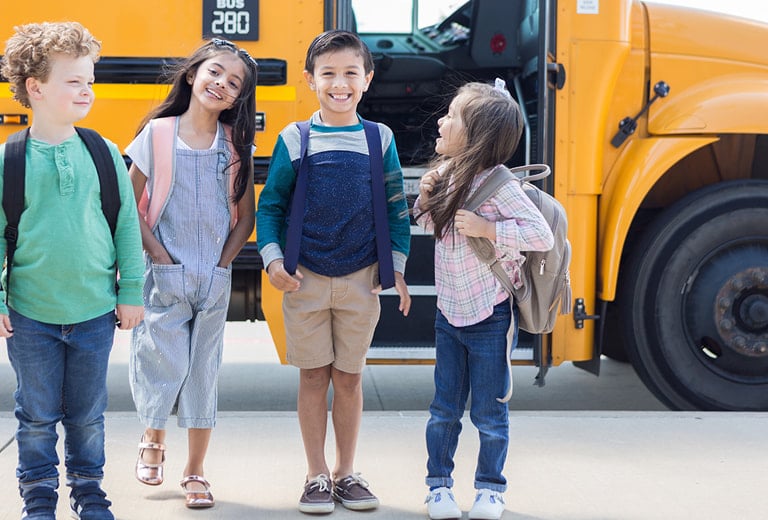As seat belts are designed for adults, children need to be “boosted” or “elevated” to ensure they are properly protected.
Blog
220 results
Visualizando:
All
Infographic on how to install ISOFIX child seats
This infographic tells you all you need to know about the ISOFIX system. Get the answers to all your questions about how to install a child seat featuring this system.
Where in the car should the child seat be installed?
Many queries can arise when it comes to installing a child restraint system. The most common question is where to place the child car seat.
3,2,1… Action!
Memorize three initials that save lives: PAS, ‘Proteger, Avisar y Socorrer’ (Protect, Advise, Assist). Using the correct protection, following the rules of the road and providing prompt and appropriate assistance in the event of a traffic accident can make all the difference. All together we will achieve Goal Zero! Save lives. It is not an impossible challenge.
Can a child get carsick when facing backwards?
Among the reasons for changing the orientation of the child restraint system from rear-facing to forward-facing is child motion sickness.
Can ISOFIX anchorages break?
The vehicle’s ISOFIX anchorages must also be checked, as they may be affected by having been involved in a crash.
The consequences of traveling in a child seat wearing an overcoat
The speed and convenience of putting children directly into their child restraint system without removing their overcoat could lead us into making a big mistake.
Disability and traffic accidents among children
On the occasion of the International Day of People with Disabilities, we insist on the influence that traffic accidents have on the disability of children.
New-born babies and traffic accidents
Children and new-born babies should not appear in these figures. Regrettably, however, babies can also be involved in traffic accidents.
How should children with hypotonia travel?
Hypotonia affects the child’s posture and positioning in the child car seat. For more information visit Fundación MAPFRE’s website.
What is the best way for children to avoid the dreaded whiplash injuries?
Neck injuries are the most common in children under two years of age who are involved in traffic accidents, according to the DGT.
Things you should never do when driving while pregnant
In the guide Infant and child safety in cars: child car seats”, you will find advice for the pregnancy and, most importantly, after the child is born.
Child Road Safety in public transport
Since prevention is key, if you are going to travel by bus with children, whether on city or intercity buses, we recommend reading this article.
Tips and advice for safer school transportation
The safety of a child is paramount and on school transportation, it is no exception. If you have any questions, our section “The Expert Answers” will provide the answers.
When should I make the definite move to a seat belt?
As the child grows, you move from using a child restraint system with a harness to a booster seat, and finally on to using an adult seat belt.
How children should travel in vans
Children may not ride in the front seats unless all the rear seats are occupied by other children. But this law has its exceptions.
These are the different ways of fixing a child seat in a rear-facing position
The safest position for children to travel in a child seat in a car is rear-facing.



